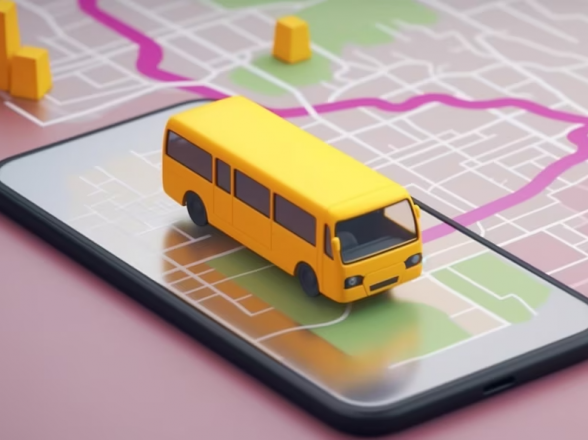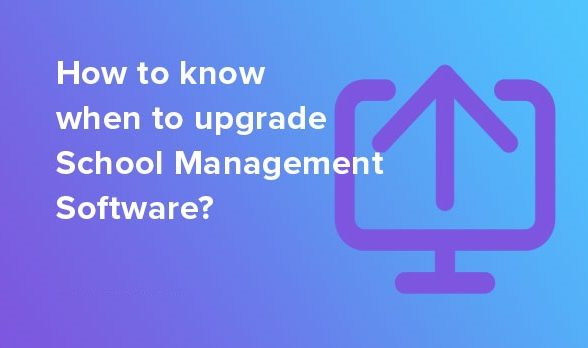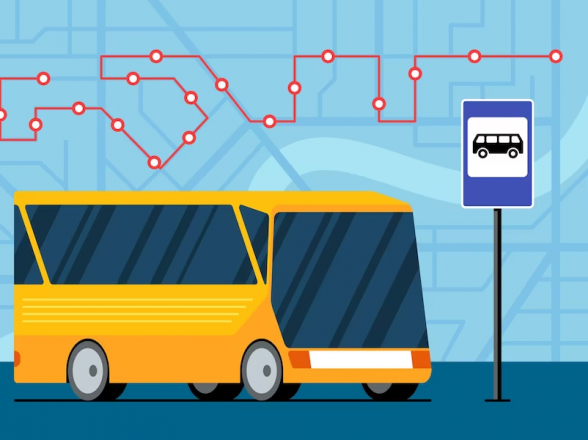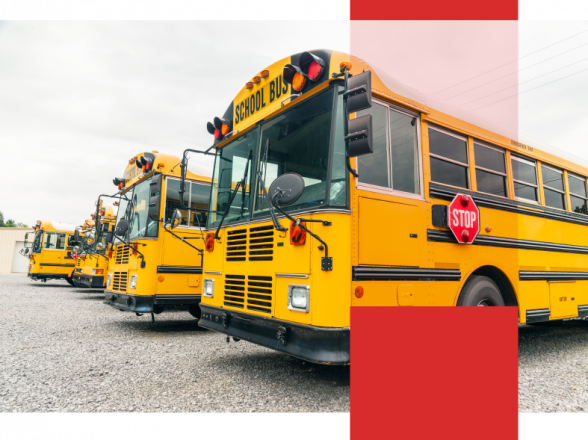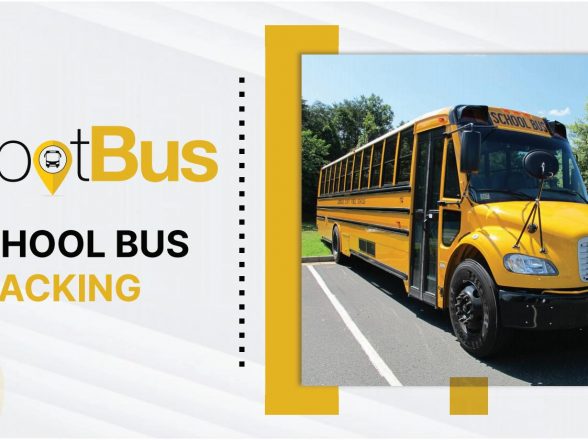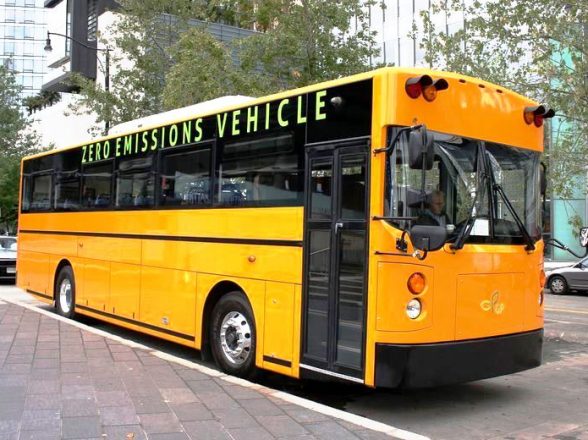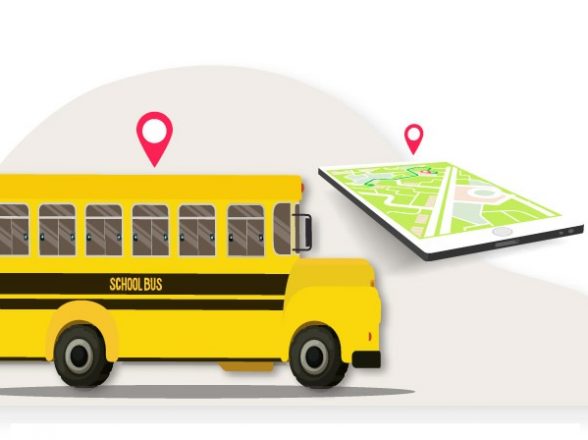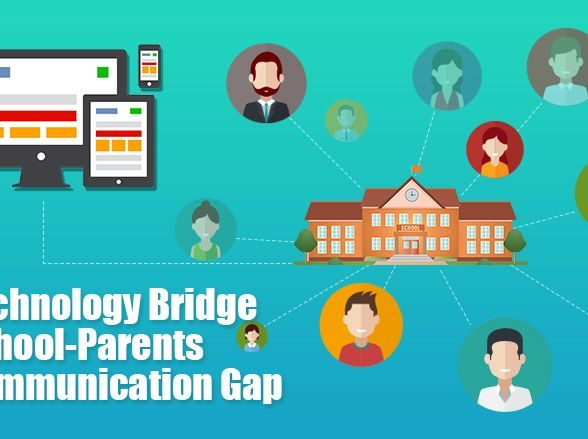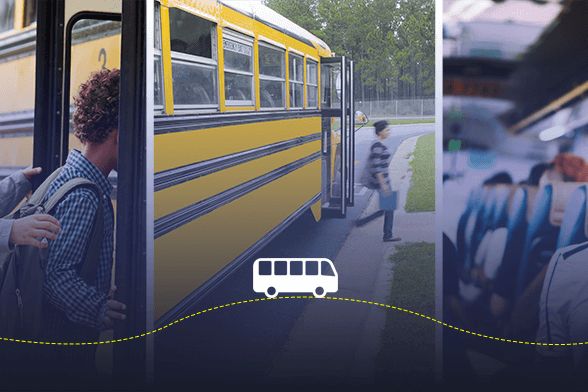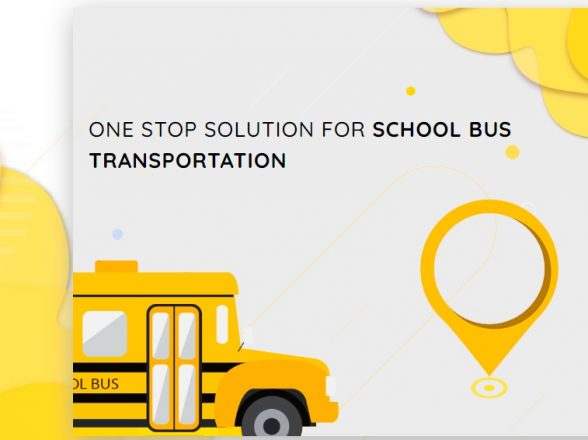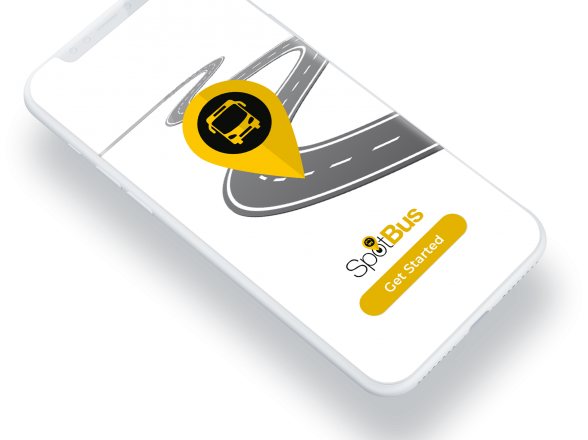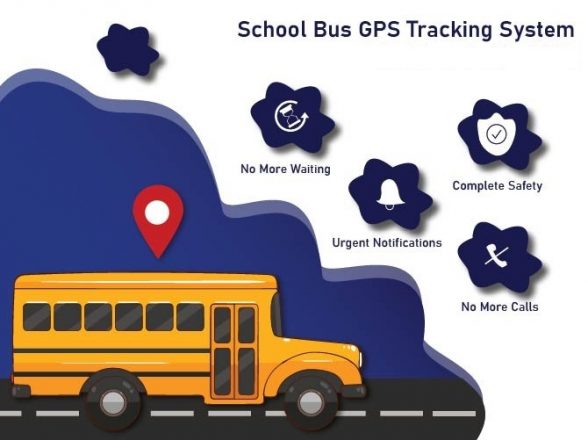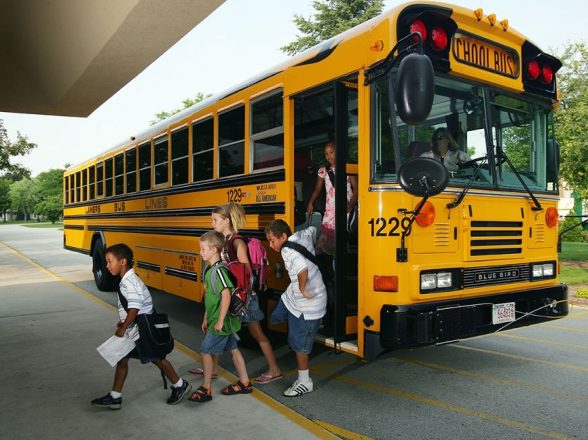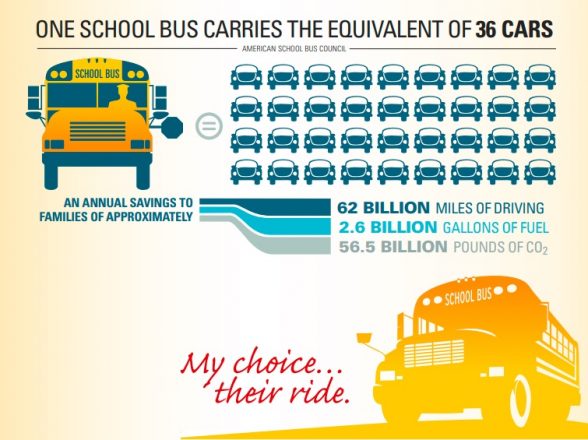Transforming School Bus Transportation with Technology: The Future of Student Safety and Efficiency
The world of school bus transportation has evolved significantly in recent years, with technology playing a crucial role in improving safety, efficiency, and communication. Modern tools such as school bus tracking, student ridership monitoring, driver management, and parent communication apps have transformed the way schools manage transportation. By integrating advanced school transport provider software, schools and transport providers are ensuring smoother operations and enhanced security for students. Here’s how these innovations are shaping the future of school transportation.
School Bus Tracking: Enhancing Safety and Efficiency
School bus tracking technology has become an essential component of school transportation systems. GPS-enabled tracking systems allow schools and transport providers to monitor bus routes, ensuring that each bus is on schedule and following the correct route. In real-time, school administrators can view the location of every bus in their fleet, making it easier to manage delays, reroute buses in case of road closures, or respond quickly to emergencies.
Parents also benefit from school bus tracking. Through apps and online portals, they can receive real-time updates on their child’s bus location, eliminating the stress of waiting at bus stops and providing peace of mind that their child is safe. The transparency offered by these systems builds trust between schools, parents, and transportation providers.
Student Ridership: Ensuring Accountability and Safety
Tracking student ridership is another critical aspect of modern school bus transportation. Schools are now using RFID cards, mobile apps, and other technologies to monitor which students are on the bus at any given time. This ensures that every student boards the correct bus and gets off at the right stop.
By tracking student ridership, schools can improve safety by ensuring that no student is left behind or dropped off at an incorrect location. In case of an emergency, schools and parents can quickly identify where a student is, thanks to real-time ridership data. The data collected also helps schools analyze and optimize routes, reducing travel time and improving overall efficiency.
Driver Management: Improving Performance and Accountability
Effective driver management is crucial for the success of any school transportation system. With modern technology, schools and transportation providers can better manage their drivers through performance monitoring, scheduling tools, and communication platforms. Real-time tracking allows administrators to monitor driving behavior, ensuring that drivers adhere to speed limits, follow designated routes, and operate buses safely.
Driver management systems also facilitate better communication between drivers and school administrators. In case of unexpected changes, such as route adjustments or schedule delays, these systems allow for immediate notifications, ensuring that all parties are informed and aligned.
Parent Communication Apps: Bridging the Gap Between Schools and Families
One of the most significant advancements in school transportation is the rise of parent communication apps. These apps serve as a direct line of communication between schools, transportation providers, and parents. Through these platforms, parents receive real-time updates on bus locations, delays, and even notifications when their child boards or disembarks from the bus.
Parent communication apps help reduce the anxiety parents often feel about their child’s safety during the commute. Whether it’s a delay due to traffic or a schedule change, parents stay informed every step of the way. These apps also allow for two-way communication, enabling parents to report concerns or ask questions directly to school administrators or transport providers.
School Transport Provider Software: Streamlining Operations
At the core of these advancements is school transport provider software. This software integrates various aspects of transportation management into a single platform, enabling schools and transport providers to streamline operations. From route planning and optimization to fleet management and driver scheduling, this software simplifies complex logistics, making transportation safer and more efficient.
School transport provider software also generates valuable data that schools can use to improve their services. For instance, by analyzing ridership patterns, schools can adjust routes to reduce travel time or improve fuel efficiency. The software can also help manage costs, track maintenance schedules, and ensure compliance with safety regulations.
Conclusion: The Future of School Bus Transportation
The integration of technologies like school bus tracking, student ridership monitoring, driver management, parent communication apps, and school transport provider software is transforming school bus transportation. These tools not only enhance safety and efficiency but also improve communication and accountability, creating a better experience for students, parents, and schools alike.
As schools continue to embrace these innovations, the future of school transportation looks brighter and more secure than ever. With the right technology in place, schools can ensure that every student’s journey to and from school is safe, efficient, and stress-free.



